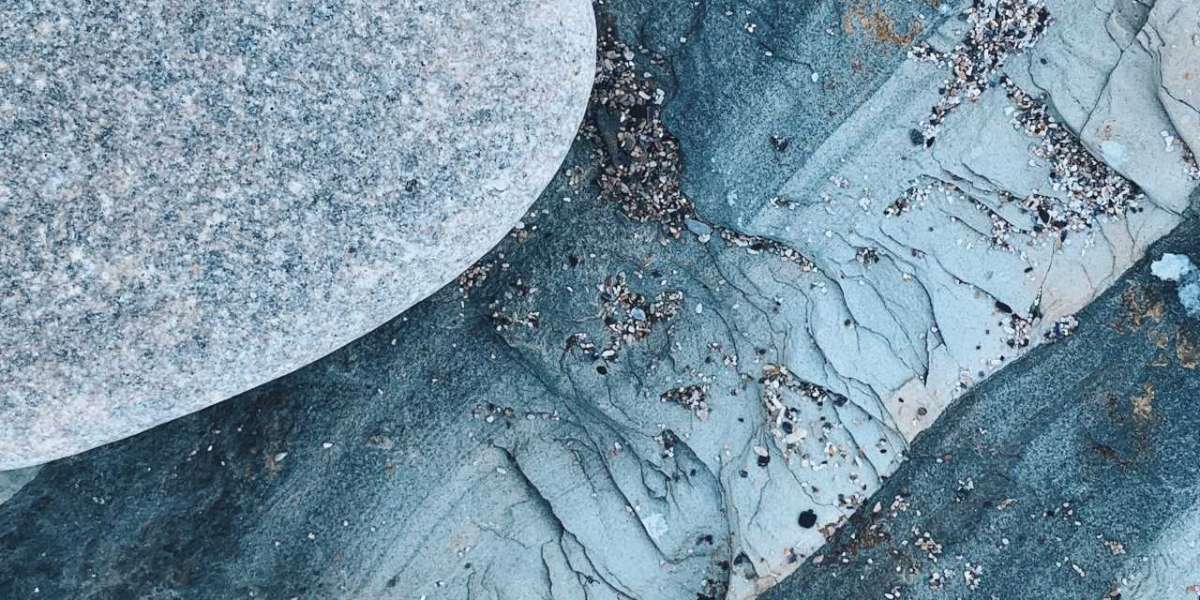In the vast expanse of space, on February 5th, 1971, history was made as Apollo 14 embarked on a daring journey to land humans on the Moon for the third time. Led by Commander Alan Shepard, accompanied by Lunar Module Pilot Edgar Mitchell, and Command Module Pilot Stuart Roosa, the mission aimed to explore the lunar surface in the Fra Mauro highlands and expand our knowledge of Earth's celestial neighbor. This stellar event not only represented a significant leap in space exploration but also carried the hopes and dreams of a nation eager to uncover the secrets of the Moon.
As Apollo 14 launched from Kennedy Space Center in Florida, the excitement and anticipation were palpable. Astronauts Shepard, Mitchell, and Roosa set their sights on reaching the lunar surface, their journey aboard the Saturn V rocket propelling them through the vastness of space. After a series of intricate maneuvers and a three-day voyage, they navigated their spacecraft into lunar orbit.
On February 5th, 1971, the Lunar Module, named Antares, separated from the Command Module, Kitty Hawk, with Shepard and Mitchell on board. As they descended towards the Moon's surface, their hearts raced, for they were about to confront the unknown. With delicate precision, they maneuvered the lunar module to touch down on the Moon's Fra Mauro region, just a few kilometers away from their intended target—a crater called Cone.
For the following two days, Shepard and Mitchell explored their newfound surroundings, collecting rock and soil samples that would later contribute to invaluable scientific discoveries. Donning their iconic spacesuits and carrying out experiments, they ventured further into the lunar landscape than any previous mission, pushing the boundaries of human exploration.
However, this mission was not all about scientific discoveries. Commander Shepard, known for his sense of humor and love for golf, took a moment to engage in a unique extraterrestrial pastime. On the lunar surface, he famously hit a golf ball with a makeshift club, sending it soaring through the low-gravity environment, capturing the imagination of people back on Earth.
On February 6th, with their lunar exploration complete, Shepard, and Mitchell returned to the lunar module and prepared for their ascent back to the Command Module. With a gentle lift-off, Antares left the Moon's surface and docked with Kitty Hawk, reuniting the crew. They bid farewell to the Moon, leaving behind footprints and a legacy that would continue to inspire future generations of space explorers.
mens adidas samba storesOn February 9th, 1971, the Apollo 14 spacecraft safely splashed down in the Pacific Ocean near Samoa, concluding their revolutionary journey. The crew members were greeted with jubilation and relief as they were recovered by the USS New Orleans. Their mission, which not only advanced scientific knowledge but also demonstrated the indomitable human spirit, would forever be etched in the annals of space exploration.
justin timberlake x nike air jordan 3 jth bio beigeThe Apollo 14 Moon Landing of 1971.09 remains a testament to the boldness and ingenuity of mankind. It symbolized humanity's relentless pursuit of knowledge beyond our planet's boundaries, leaving an indelible mark in the history of both space travel and scientific exploration. The bravery and commitment displayed by the crew of Apollo 14 serve as a reminder of the vast potential that lies within us, propelling us ever forward towards the final frontier.
bermuda nike sb moleton







